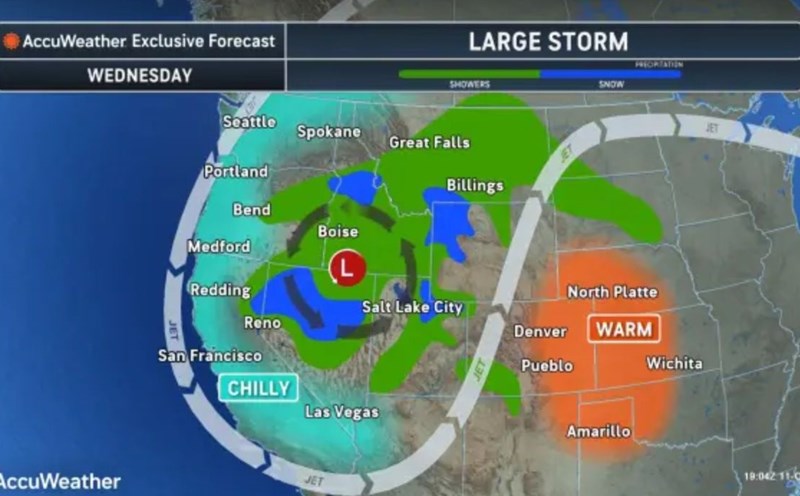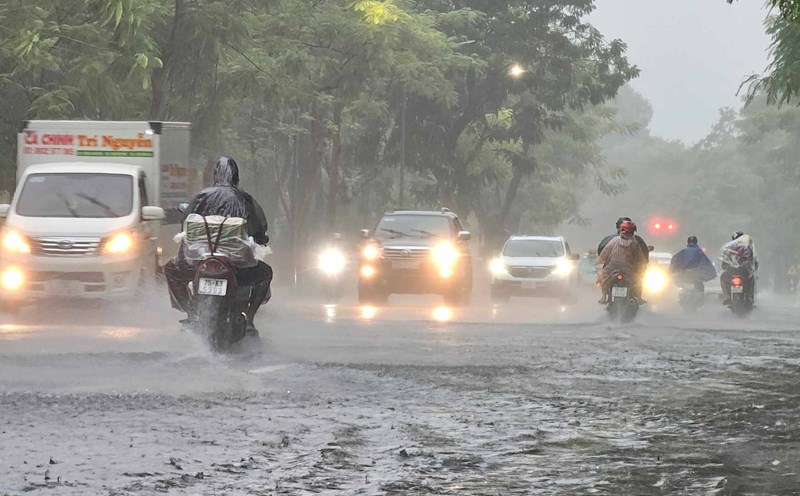The climate Impact Company's winter forecast bulletin on October 15 said that the season-overwhelming snow across the northern Hemisphere is occurring earlier than expected in Mongolia, northeastern China and southern Russia.
Alaska and Canada saw lower-than-normal snowfall in mid-October, despite a recent snowfall across Canada's grasslands.
Forecasters point out that, as usual, the heaviated snowfall at the beginning of the season has prompted a cold front to form across the northeastern part of the European continent, with the average temperature for the five days below normal of about 11-17 degrees Celsius.
The bulletin predicts that this cold air mass will be released to southern China for a period of 6 to 10 days.
The intensity of the cold air mass is expected to gradually decrease after leaving the starting area, but temperatures in China next week are expected to be much colder. Temperature charts show that the area below 0 degrees Celsius covers most of western and northern China, while the -8 degrees Celsius line extends to the northernmost part of China.
On October 10, Xinhua News Agency reported that the capital Beijing recorded record low temperatures in the fall when it continued to rain. Persistent rain combined with low temperatures makes the air feel clearly cold. The city's temperatures have fallen sharply, with the highest drop dropping from around 30 degrees Celsius on October 1 to just 10.6 degrees Celsius on October 9, the lowest level in the same period since 1951.
MKWeather's 2025-2026 Asian winter forecast says this winter is expected to be affected by La Nina. This transition will impact the East Asian monsoon, the Siberia high pressure and the path of winter storms across the continent.
The winter is forecast to begin to warm up due to persistent unusually warm phenomena in the western Pacific and East China Sea, while the following months may see a trend reversal with more frequent cold air waves and snowfall, especially in Siberia, northeastern China and the Korean Peninsula.
From January onwards, the Siberia high pressure will strengthen, increasing the likelihood of cold air outbreaks and prolonged cold spells in northern China, Mongolia and eastern Russia.
snowfall is likely to be above average in northern Japan and eastern Russia, with the risk of snowstorms and heavy snowfall increasing in Mongolia and northeastern China in February.
It is forecasted that in Southeast Asia, including Vietnam, this year's winter temperature will generally be near normal, slightly warmer in December due to the prolonged warm tropical climate. By January and February, a slight cold trend may occur, especially in the northern regions. Occasional cold spells in mountainous areas (northern Thailand and Vietnam) can lead to colder-than-average night temperatures.











